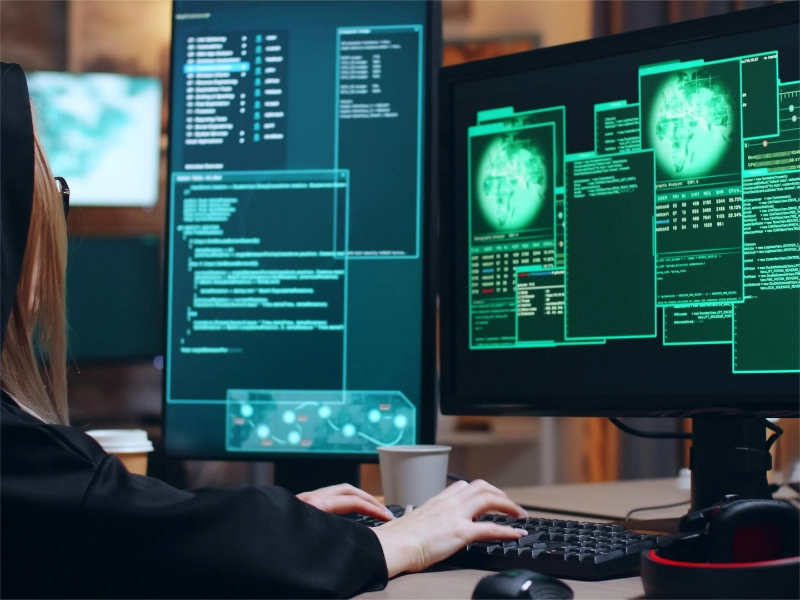- Supercomputers are high-performance systems capable of performing quintillions of calculations per second. They achieve this through parallel processing, where tasks are divided and computed simultaneously across multiple processors, enabling extremely fast processing speeds that are essential for complex and data-intensive operations.
- These powerful machines are utilized across various fields including climate research, genomic sequencing, and aerospace engineering. Supercomputers help in simulating real-world phenomena, from weather forecasting to designing pharmaceuticals, making them invaluable tools for scientific research and technological development.
- As technology advances, supercomputers are evolving with increased integration of AI and machine learning, pushing their capabilities into the exascale computing era. This progression aims to enhance simulations with greater accuracy and detail, driving innovation in numerous scientific and engineering domains.
Supercomputers are high-performance systems designed for complex and massive data processing, capable of executing quintillions of calculations per second through parallel processing. They are essential for scientific simulations in fields such as climate research, space exploration, and genomics, allowing researchers to perform experiments virtually.
Modern supercomputers focus on energy efficiency, utilising advanced cooling systems and energy-efficient processors to reduce environmental impact. The integration of artificial intelligence enhances their capabilities, enabling faster and more efficient data analysis. Looking ahead, advancements in exascale and zettascale computing promise to further expand their applications and effectiveness in solving the world’s most challenging problems.
Supercomputer basics
Supercomputers, essentially high-performance mainframes, are designed for complex and massive data computations at extraordinary speeds. These machines can perform from one quadrillion to one quintillion calculations per second by utilising parallel processing. This process involves splitting tasks into smaller parts that are solved simultaneously across multiple processors.
Also read: What is an example of a supercomputer?
Parallel processing
Parallel processing allows supercomputers to function as if multiple smaller computers are working together as one unit. This enables them to handle tasks that are too large or complex for conventional computers, such as climate modeling or genomic sequencing. The speed of these computations is so great that tasks which might take weeks on standard computers can be completed in days or even hours on a supercomputer.
Also read: What is the purpose of a supercomputer?
Scientific simulations
In the realm of scientific research, supercomputers play a pivotal role. They are crucial for simulations that predict weather patterns, explore space, or model nuclear reactions. These simulations are essential for advancing knowledge in various scientific fields, enabling researchers to conduct experiments that would be impossible in the real world.
Energy and efficiency
Energy efficiency is also a key focus for modern supercomputers. Many of these systems are designed to minimise electrical consumption and use waste heat beneficially. Innovations like liquid cooling and energy-efficient processors help reduce the environmental impact while maintaining performance.
AI integration
The integration of artificial intelligence (AI) with supercomputing is setting new standards for computational power. AI can optimise the performance of supercomputers by handling tasks that involve pattern recognition and data analysis more efficiently than traditional computational methods.
Future advancements
Looking ahead, the future of supercomputing promises even greater capabilities with the advent of exascale and zettascale computing. These machines will handle even more complex and data-intensive tasks, opening new frontiers in science and technology. AI and machine learning are expected to play increasingly significant roles, driving innovations that could reshape numerous industries.

